Design of Mathematical Model and Selected Coefficient Specifications for Composite Materials Reinforced with Fabric from Waste Tyres
Abstract
:1. Introduction
- Physical and chemical characteristics of the filler (chemical composition, structure, particle size and size distribution, and specific surface area);
- Physical and chemical characteristics of the matrix (chemical structure, molecular weight, and supramolecular structure);
- The shape of the filler;
- Amount of filler content in the composite;
- Method of preparation of composites;
- Character of the interphase interface [1].
2. Materials, Methods, and Tools
2.1. Materials Characterization
- Rubber;
- Steel;
- Fabric component (Figure 3).
Composites Manufacturing Process
- Pressing pressure;
- Pressing temperature;
- Curing time [10].
2.2. Methods
2.2.1. Qualitative Assessment
- R-squared (R2)—The determination index is defined as the proportion of the variability that the regression model can describe to the total variability of the observed variable. Its values are from 0 to 1, a higher value of this index indicates a more suitable model [25].
2.2.2. Tools
- A large library of predefined models, including linear and non-linear models, and the ability of the user to create their own models;
- Powerful data visualization tools that help users identify trends and outliers in data;
- Model selection tools that allow you to compare the performance of different models and choose the best one for the monitored data;
- Several methods for estimating model parameters, including least squares regression, non-linear regression, and maximum likelihood estimation,
- A toolbar allowing the user to export analysis results to variables of the Matlab workspace, as well as to files in various formats, including Excel, CSV, and LaTeX [29].
- We experimentally obtain absorption values for individual composite samples and data preprocessing;
- Using the curve fitting toolbox, we select the function and compare the values of the R2 coefficient;
- We analyse the coefficients of the selected model for the shape of the curve and qualitative indicators;
- Implementing changes in the individual coefficients of the selected model based on the analysis, we evaluate the achieved values of the qualitative coefficients of the model using the Matlab computing environment;
- We present the final mathematical model.
3. Model Proposal
Analysis of the Influence of Individual Coefficients
4. Results and Discussion
- “Increasing” the values of the coefficients a1, a2, a3, and a4 (compared to the original ones), we can obtain a better adaptation of the curve to all values. We do not consider the coefficient a5 yet, since its change affects the entire curve and not just its peaks. When calculating the assumed values based on Equation (5), we use the maximum values of these coefficients. The results are shown in Table 6.
- 2.
- 3.
- Based on the analysis, we could assume an improvement when changing all coefficients and also setting the value of the coefficient b5 to the maximum value (Table 8).
5. Conclusions
- The GPR technique was chosen, which has the advantages of easy implementation and flexibility compared to other techniques from the field of neural networks and supporting computing environments;
- Based on the analysis of the influence of the individual coefficients on the behaviour of the curve of the mathematical model, an equation was determined with the specified values of the individual coefficients.
- Individual scenarios were compared, where the comparison parameter was the value of the coefficient of determination and the range.
- Scenario number 3 turned out to be the most suitable, where, for individual materials using the given equation, the value of the coefficient of determination for 10% is 0.90657, for 20% is 0.925851, for 30% is 0.91472, and for 40% is 0.90781. We can consider these values to be sufficient. The given variant also supports the range value that has the lowest value, meaning the smallest difference between the largest and smallest value.
- The final equation was specified, which predicts the absorption values for the given material with sufficient accuracy (around 90%), while the percentage content of the textile fibre is not decisive.
Author Contributions
Funding
Institutional Review Board Statement
Informed Consent Statement
Data Availability Statement
Conflicts of Interest
References
- Dhaliwal, A.K.; Hay, J.N. The Characterization of Polyvinyl butyral by Thermal Analysis. Thermochim. Acta 2002, 91, 245–255. [Google Scholar] [CrossRef]
- Ravindran, B.; Feuchter, M.; Schledjewski, R. Investigation of the Mechanical Properties of Sandwich Composite Panels Made with Recyclates and Flax Fiber/Bio-Based Epoxy Processed by Liquid Composite Molding. J. Compos. Sci. 2023, 7, 122. [Google Scholar] [CrossRef]
- Barry, C.M.F.; Orroth, S.A. Processing of Thermoplastics. In Modern Plastics Handbook; Harper, C.A., Ed.; The McGraw-Hill Companies: New York, NY, USA, 2000; ISBN 0-07-026714-6. [Google Scholar]
- Brito, M.K.T.d.; Santos, W.R.G.d.; Correia, B.R.d.B.; Queiroz, R.A.d.; Tavares, F.V.d.S.; Oliveira Neto, G.L.d.; Lima, A.G.B.d. Moisture Absorption in Polymer Composites Reinforced with Vegetable Fiber: A Three-Dimensional Investigation via Langmuir Model. Polymers 2019, 11, 1847. [Google Scholar] [CrossRef] [Green Version]
- Niaki, M.H.; Fereidoon, A.; Ahangari, M.G. Experimental study on the mechanical and thermal properties of basalt fiber and nanoclay reinforced polymer concrete. Compos. Struct. 2018, 191, 231–238. [Google Scholar] [CrossRef]
- Kuraray.eu. Available online: www.kuraray.eu (accessed on 15 March 2023).
- Liu, B.H.; Xu, J.; Li, Y.B. Constitutive Investigation on Viscoelasticity of PolyVinyl Butyral: Experiments Based on Dynamic Mechanical Analysis Method. Adv. Mater. Sci. Eng. 2014, 2014, 794568. [Google Scholar] [CrossRef] [Green Version]
- Harper, C.A. Handbook of Plastics Technologies; The McGraw-Hill Companies: New York, NY, USA, 2006; ISBN 0-07-146068. [Google Scholar]
- Rubber. Available online: http://www.wikipedia.org/ (accessed on 12 April 2023).
- Knapčíková, L.; Radchenko, S.; Husár, J.; Radič, P.; Bernát, A. Experimental study of thermoplastics material reinforced by various types of high-strength fibres. MM Sci. J. 2016, 4, 1043–1046. [Google Scholar] [CrossRef]
- Vidugara, L. Determination of Ash Content. Available online: www.scribd.com/determinationsofashcontetnt (accessed on 23 May 2023).
- Oğuz, Z.A.; Erkliğ, A. Water absorption parameters of glass/epoxy composites based on dimension effect. Int. Adv. Res. Eng. J. 2021, 5, 202–208. Available online: https://dergipark.org.tr/en/download/article-file/1561213 (accessed on 10 July 2023). [CrossRef]
- Fourier Transform Infrared Spectroscopy FT-IR. Available online: http://www.nuance.northwestern.edu (accessed on 4 June 2023).
- Straka, M.; Khouri, S.; Rosova, A.; Caganova, D.; Culkova, K. Utilization of computer simulation for waste separation design as a logistics system. Int. J. Simul. Model. 2018, 17, 83–596. [Google Scholar] [CrossRef]
- Hadi, M.A.; Brillinger, M.; Wuwer, M.; Schmid, J.; Trabesinger, S.; Jager, M.; Haas, F. Sustainable peak power smoothing and energy-efficient machining process through analysis of high-frequency data. J. Clean. Prod. 2021, 318, 128548. [Google Scholar] [CrossRef]
- Isametova, M.E.; Nussipali, R.; Martyushev, N.V.; Malozyomov, B.V.; Efremenkov, E.A.; Isametov, A. Mathematical Modeling of the Reliability of Polymer Composite Materials. Mathematics 2022, 10, 3978. [Google Scholar] [CrossRef]
- Asante-Okyere, S.; Shen, C.; Yevenyo Ziggah, Y.; Moses Rulegeya, M.; Zhu, X. Investigating the Predictive Performance of Gaussian Process Regression in Evaluating Reservoir Porosity and Permeability. Energies 2018, 11, 3261. [Google Scholar] [CrossRef] [Green Version]
- Dao, D.V.; Adeli, H.; Ly, H.-B.; Le, L.M.; Le, V.M.; Le, T.-T.; Pham, B.T. A Sensitivity and Robustness Analysis of GPR and ANN for High-Performance Concrete Compressive Strength Prediction Using a Monte Carlo Simulation. Sustainability 2020, 12, 830. [Google Scholar] [CrossRef] [Green Version]
- Phan, A.T.; Vu, T.T.H.; Nguyen, D.Q.; Sanseverino, E.R.; Le, H.T.-T.; Bui, V.C. Data Compensation with Gaussian Processes Regression: Application in Smart Building’s Sensor Network. Energies 2022, 15, 9190. [Google Scholar] [CrossRef]
- Duan, Y.; Cooling, C.; Ahn, J.S.; Jackson, C.; Flint, A.; Eaton, M.D.; Bluck, M.J. Using a Gaussian process regression inspired method to measure agreement between the experiment and CFD simulations. Int. J. Heat Fluid Flow 2019, 80, 108497. [Google Scholar] [CrossRef]
- Alodat, M.; Shakhatreh, M.K. Gaussian process regression with skewed errors. J. Comput. Appl. Math. 2020, 370, 112665. [Google Scholar] [CrossRef]
- Haruna, S.I.; Zhu, H.; Umar, I.K.; Shao, J.; Adamu, M.; Ibrahim, Y.E. Gaussian process regression model for the prediction of the compressive strength of polyurethane-based polymer concrete for runway repair: A comparative approach. IOP Conf. Ser. Earth Environ. Sci. 2022, 1026, 012007. [Google Scholar] [CrossRef]
- Gaussian Peak Function. Available online: http://www.hlabsoft.com/web/hl2009/referenceguide/20091-html/Gaussian_peak_function.htm (accessed on 25 May 2023).
- Yadav, P.; Gaur, M.; Fatima, N.; Sarwar, S. Qualitative and Quantitative Evaluation of Multivariate Time-Series Synthetic Data Generated Using MTS-TGAN: A Novel Approach. Appl. Sci. 2023, 13, 4136. [Google Scholar] [CrossRef]
- Ocampo, I.; López, R.R.; Camacho-León, S.; Nerguizian, V.; Stiharu, I. Comparative Evaluation of Artificial Neural Networks and Data Analysis in Predicting Liposome Size in a Periodic Disturbance Micromixer. Micromachines 2021, 12, 1164. [Google Scholar] [CrossRef] [PubMed]
- Vagaská, A.; Gombár, M.; Korauš, A. Mathematical Modeling and Nonlinear Optimization in Determining the Minimum Risk of Legalization of Income from Criminal Activities in the Context of EU Member Countries. Mathematics 2022, 10, 4681. [Google Scholar] [CrossRef]
- Hrehova, S.; Knapcikova, L. The Study of Machine Learning Assisted the Design of Selected Composites Properties. Appl. Sci. 2022, 12, 10863. [Google Scholar] [CrossRef]
- Wang, C.; Peng, X.; Qin, H.; Lv, H.; Fu, J.; Wang, H. Solar Radiation Intensity Probabilistic Forecasting Based on K-Means Time Series Clustering and Gaussian Process Regression. IEEE Access 2021, 9, 89079–89092. [Google Scholar] [CrossRef]
- Mandičák, T.; Mesároš, P.; Tkáč, M. Impact of management decisions based on managerial competencies and skills developed through BIM technology on performance of construction enterprises. Pollack Period. 2018, 13, 131–140. [Google Scholar] [CrossRef]
- Chen, S.H.; Zang, M.Y.; Wang, D.; Yoshimura, S.; Yamada, T. Numerical analysis of impact failure of automotive laminated glass: A review. Compos. Part B Eng. 2017, 122, 47–60. [Google Scholar] [CrossRef]
- Straka, M.; Rosova, A.; Lenort, R.; Besta, P.; Šaderová, J. Principles of computer simulation design for the needs of improvement of the raw materials combined transport system. Acta Montan. Slovaca 2018, 23, 163–174. [Google Scholar]
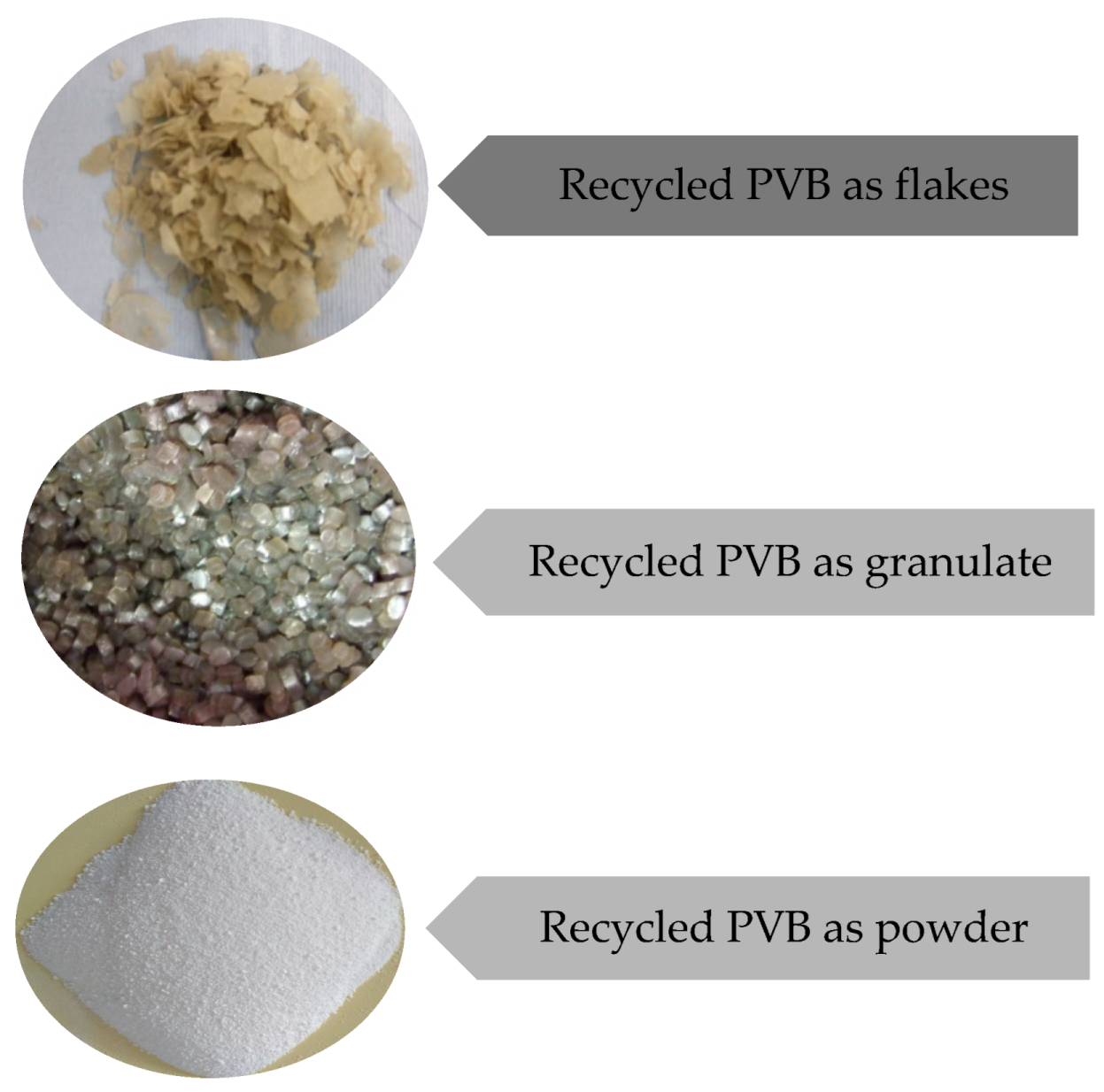
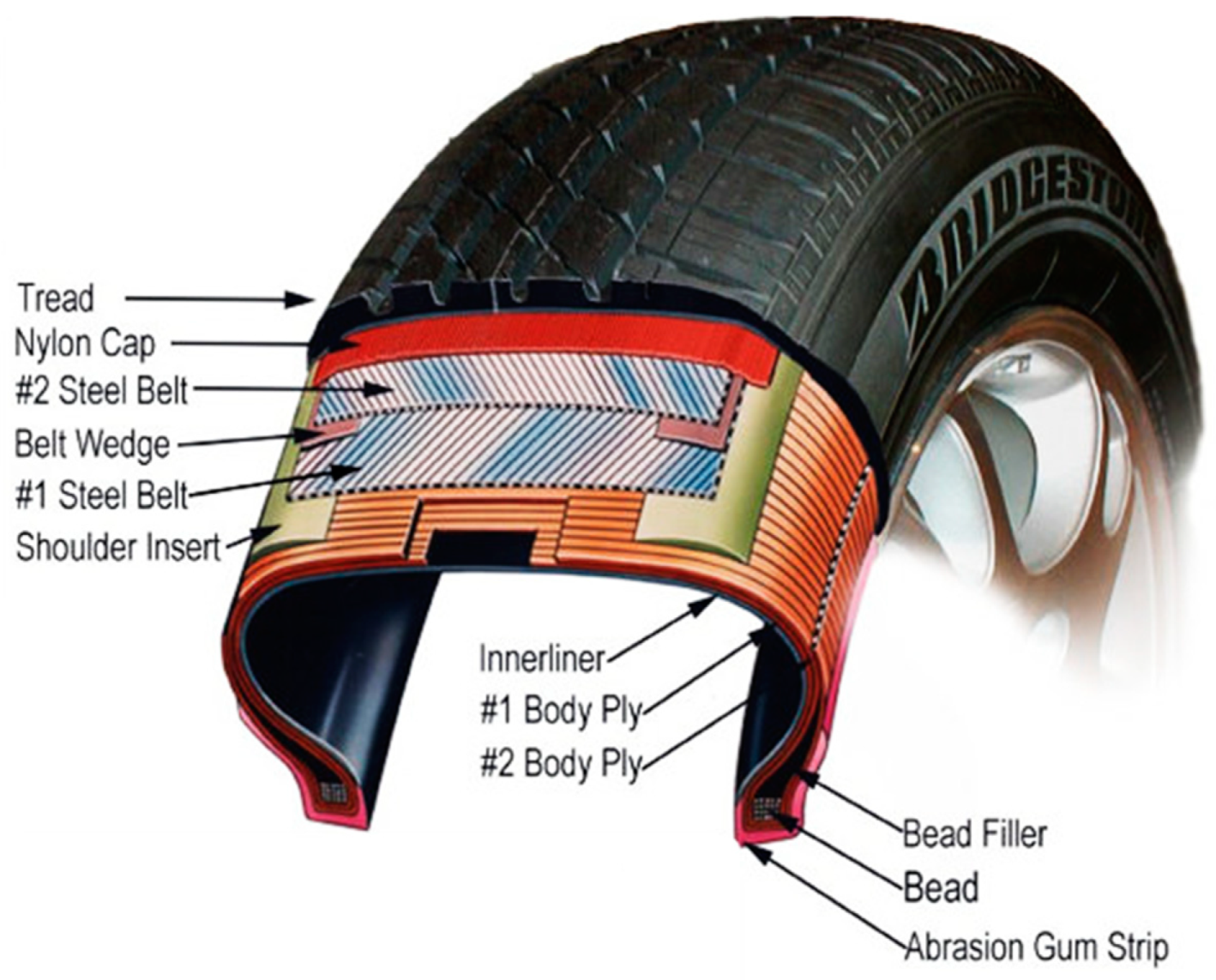

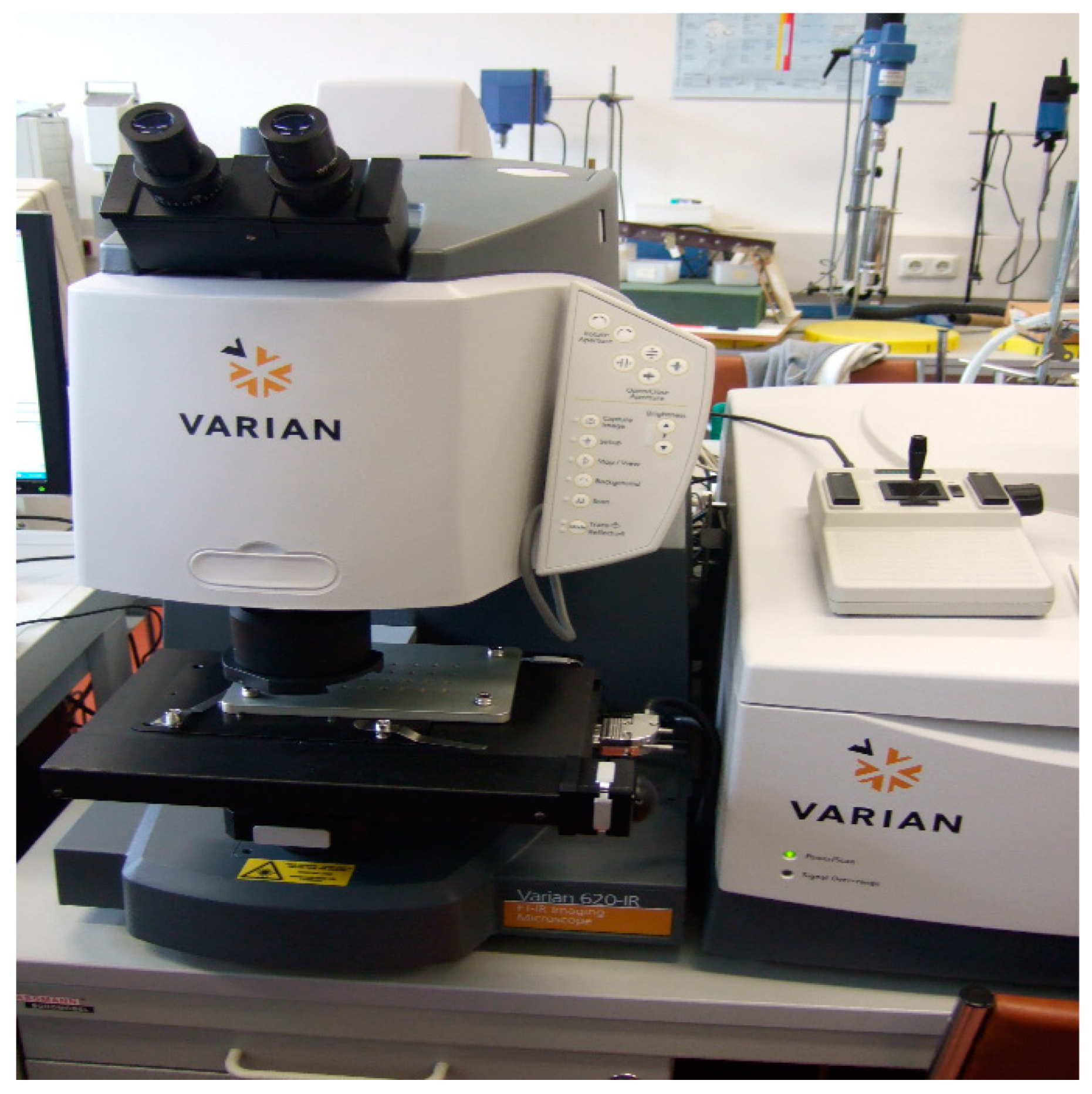
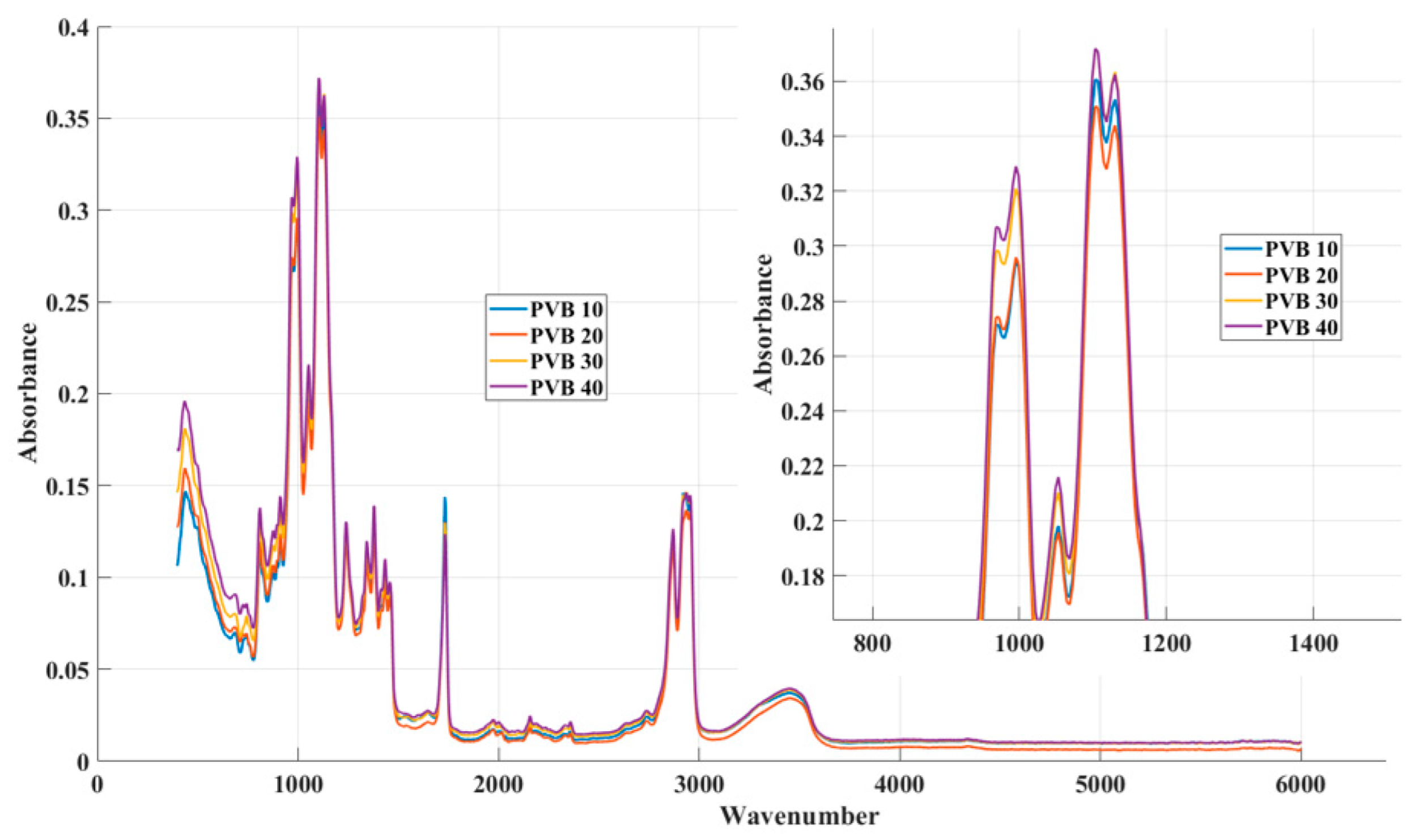
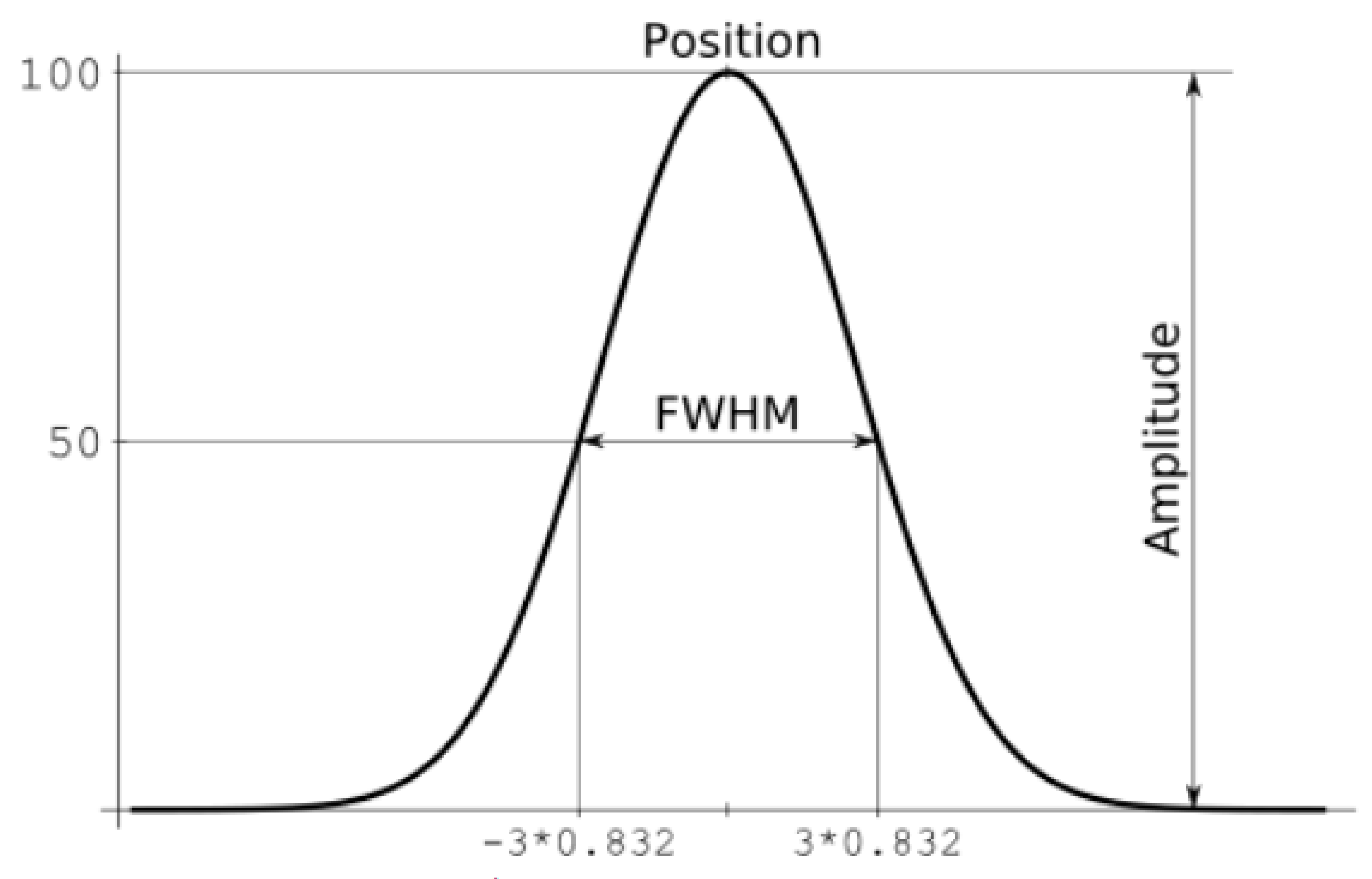



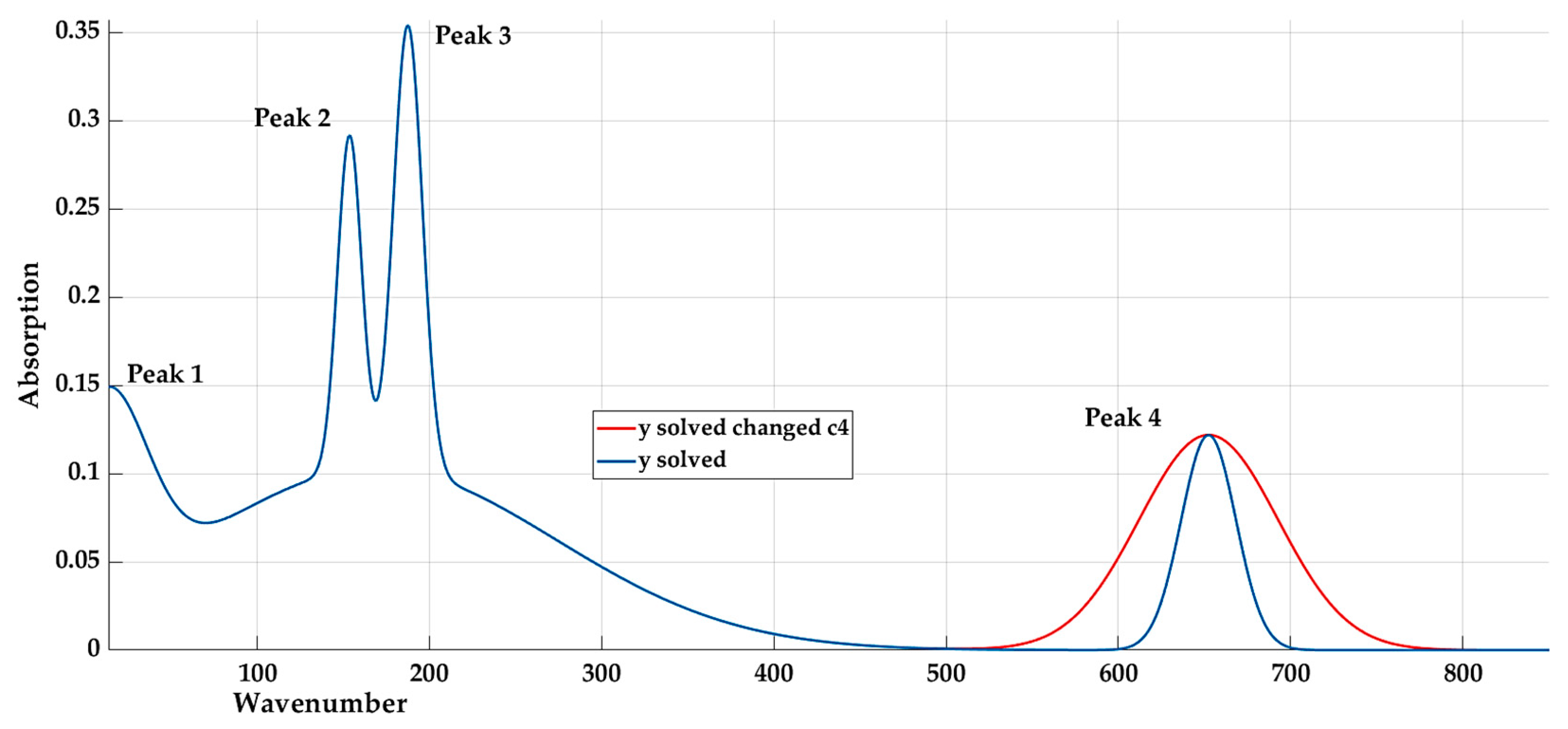

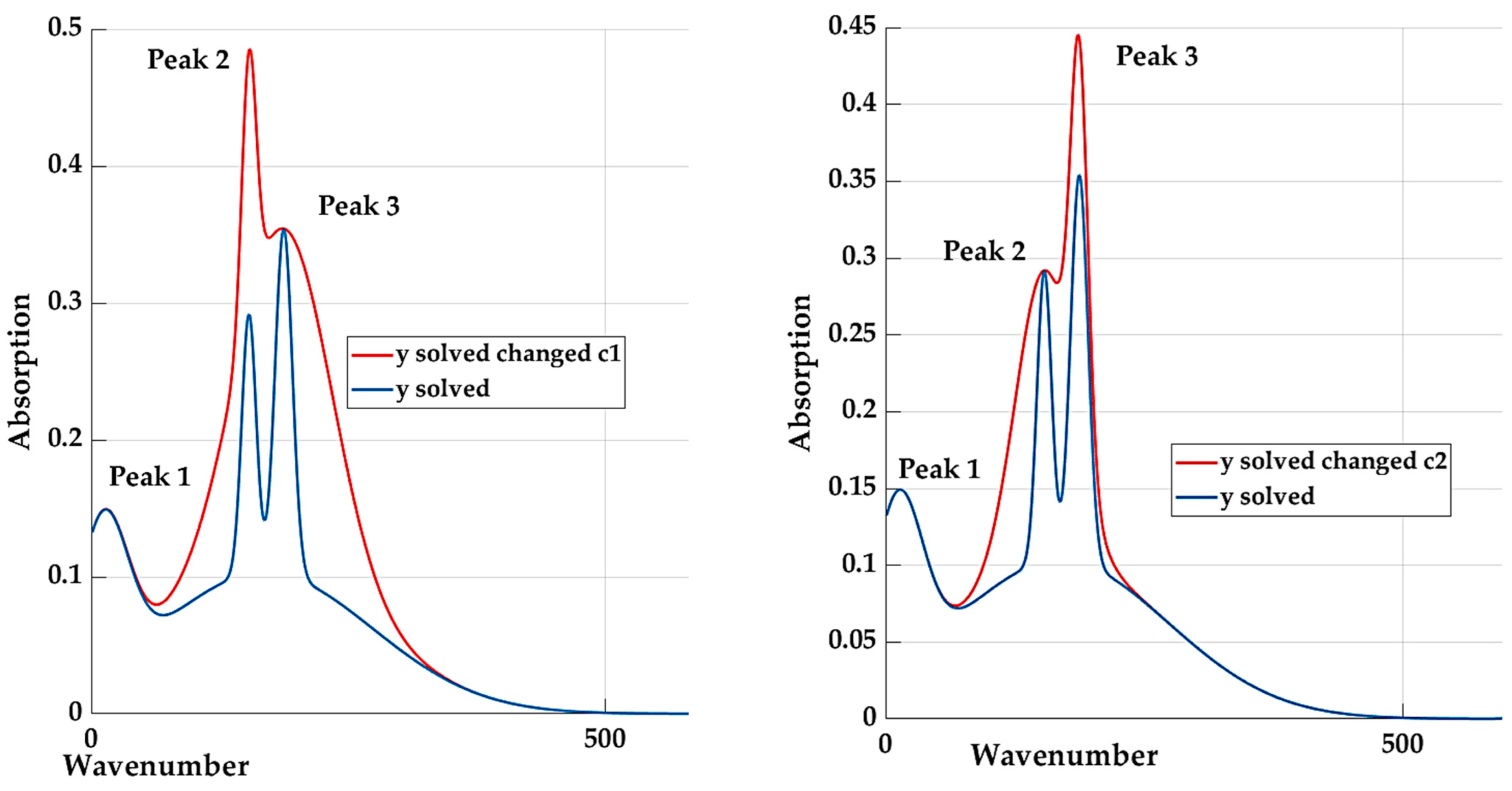
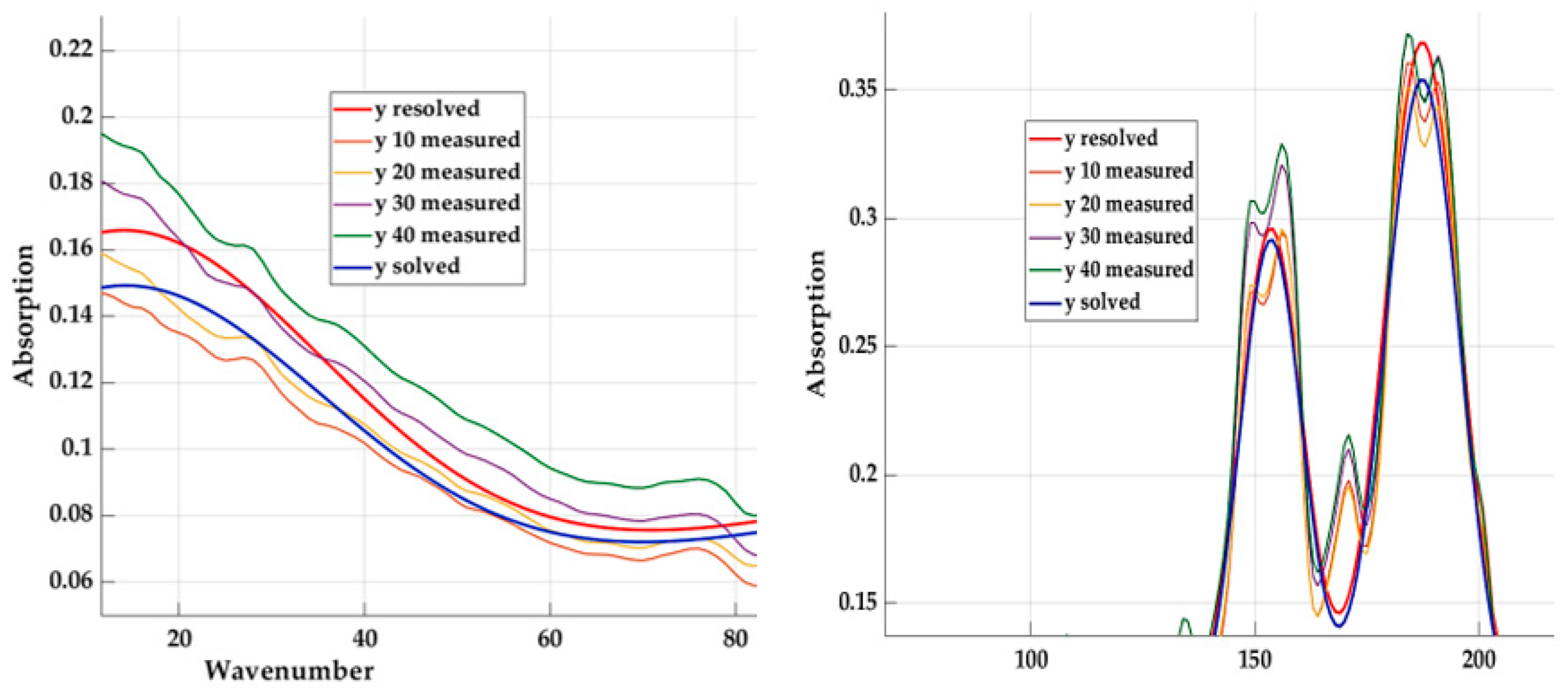

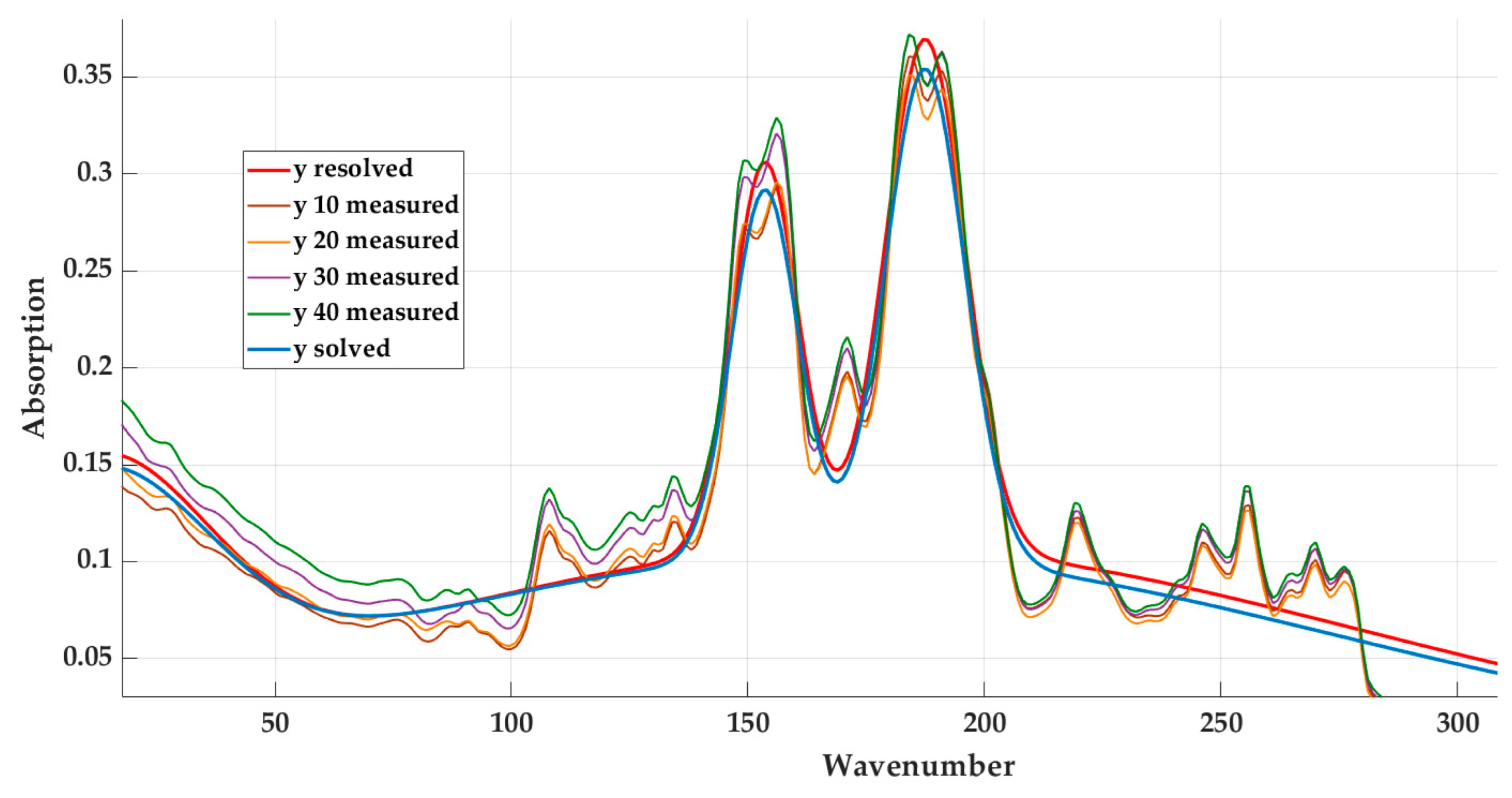
| yi_10 | yi_20 | yi_30 | yi_40 |
|---|---|---|---|
| 0.106227 | 0.127227 | 0.146199 | 0.169929 |
| 0.107909 | 0.127779 | 0.147441 | 0.169904 |
| 0.112041 | 0.129668 | 0.149271 | 0.168662 |
| 0.117294 | 0.132858 | 0.153041 | 0.1712 |
| 0.120815 | 0.136888 | 0.157586 | 0.174762 |
| 0.123528 | 0.141113 | 0.16032 | 0.17854 |
| 0.129636 | 0.144677 | 0.16399 | 0.184941 |
| 0.135411 | 0.14888 | 0.17018 | 0.189669 |
| 0.138901 | 0.153937 | 0.175523 | 0.192442 |
| Fibre Content | 10 | 20 | 30 | 40 |
|---|---|---|---|---|
| R2 | 0.9107 | 0.9291 | 0.9181 | 0.9207 |
| RMSE | 0.0168 | 0.0152 | 0.0173 | 0.0175 |
| SSE | 0.4073 | 0.3309 | 0.4310 | 0.4417 |
| Fibre Content | 10 | 20 | 30 | 40 | Overall Average | Range |
|---|---|---|---|---|---|---|
| R2 | 0.90790 | 0.92912 | 0.90855 | 0.89891 | 0.91112 | 0.03021 |
| MAE | 0.00909 | 0.00670 | 0.01201 | 0.01385 | ||
| RMSE | 0.01699 | 0.01508 | 0.01819 | 0.01968 |
| Order | Peak | a | b | c |
|---|---|---|---|---|
| 1 | 3 | ↑ | → | Expands the area of peak 2 and 3, while increasing peak 2 |
| 2 | 2 | ↑ | → | Expands the area of peak 2 and 3, while increasing peak 3 |
| 3 | 1 | ↑ | → | Will widen and slightly raise peak 1 |
| 4 | 4 | ↑ | → | Expand peak 4 |
| 5 | curve | Will increase the peaks 1, 2, 3 and expands the starting parts of the graph | Will reduce the peaks 1, 2, 3 and increases the ramp between the peaks 3 and 4 | Will slightly increase peak 1 and the ramp between 2 and 4 |
| Coefficient | a1 | a2 | a3 | a4 | a5 | |||||
|---|---|---|---|---|---|---|---|---|---|---|
| min | max | min | max | min | max | min | max | min | max | |
| 0.2429 | 0.2633 | 0.1791 | 0.201 | 0.1068 | 0.1227 | 0.115 | 0.1287 | 0.09846 | 0.1072 | |
| Fibre Content | 10 | 20 | 30 | 40 | Overall Average | Range |
|---|---|---|---|---|---|---|
| R2 | 0.90651 | 0.92789 | 0.91304 | 0.90535 | 0.91319 | 0.02254 |
| MAE | 0.00840 | 0.00601 | 0.01133 | 0.01316 | ||
| RMSE | 0.01712 | 0.01523 | 0.01774 | 0.01904 |
| Fibre Content | 10 | 20 | 30 | 40 | Overall Average | Range |
|---|---|---|---|---|---|---|
| R2 | 0.90034 | 0.92095 | 0.91496 | 0.91167 | 0.91198 | 0.02061 |
| MAE | 0.00662 | 0.00423 | 0.00955 | 0.01139 | ||
| RMSE | 0.01768 | 0.01593 | 0.01754 | 0.01839 |
| Fibre Content | 10 | 20 | 30 | 40 | Overall Average | Range |
|---|---|---|---|---|---|---|
| R2 | 0.90657 | 0.92585 | 0.91472 | 0.90781 | 0.91374 | 0.01927 |
| MAE | 0.00755 | 0.00515 | 0.01047 | 0.01231 | ||
| RMSE | 0.01712 | 0.01543 | 0.01757 | 0.01879 |
| Scenario | Overal Average | Range | RMSE | MAE |
|---|---|---|---|---|
| 1 | 0.91320 | 0.02253 | 0.01728 | 0.00973 |
| 2 | 0.91198 | 0.02060 | 0.01739 | 0.00795 |
| 3 | 0.91374 | 0.01927 | 0.01723 | 0.00887 |
| Coefficients | |||||
|---|---|---|---|---|---|
| a1 | 0.2633 | b1 | 1116.4731 | c1 | 45.5136 |
| a2 | 0.201 | b2 | 985.71317 | c2 | 38.0459 |
| a3 | 0.1227 | b3 | 438.99169 | c3 | 129.489 |
| a4 | 0.1287 | b4 | 2909.8266 | c4 | 86.7078 |
| a5 | 0.1072 | b5 | 1064 | c5 | 573.9658 |
Disclaimer/Publisher’s Note: The statements, opinions and data contained in all publications are solely those of the individual author(s) and contributor(s) and not of MDPI and/or the editor(s). MDPI and/or the editor(s) disclaim responsibility for any injury to people or property resulting from any ideas, methods, instructions or products referred to in the content. |
© 2023 by the authors. Licensee MDPI, Basel, Switzerland. This article is an open access article distributed under the terms and conditions of the Creative Commons Attribution (CC BY) license (https://creativecommons.org/licenses/by/4.0/).
Share and Cite
Hrehova, S.; Knapčíková, L. Design of Mathematical Model and Selected Coefficient Specifications for Composite Materials Reinforced with Fabric from Waste Tyres. Materials 2023, 16, 5046. https://doi.org/10.3390/ma16145046
Hrehova S, Knapčíková L. Design of Mathematical Model and Selected Coefficient Specifications for Composite Materials Reinforced with Fabric from Waste Tyres. Materials. 2023; 16(14):5046. https://doi.org/10.3390/ma16145046
Chicago/Turabian StyleHrehova, Stella, and Lucia Knapčíková. 2023. "Design of Mathematical Model and Selected Coefficient Specifications for Composite Materials Reinforced with Fabric from Waste Tyres" Materials 16, no. 14: 5046. https://doi.org/10.3390/ma16145046
APA StyleHrehova, S., & Knapčíková, L. (2023). Design of Mathematical Model and Selected Coefficient Specifications for Composite Materials Reinforced with Fabric from Waste Tyres. Materials, 16(14), 5046. https://doi.org/10.3390/ma16145046








